Is Tshisekedi’s attempt to lure the SADC into the war in North-Kivu also his swan song? His tshukudu proposal is very shaky and prone to failure.

President Felix Tshisekedi is running out of options: both Monusco and the EAC-forces refuse to fight the M23 and despite the fact that he made alliances with other local militia’s, his own army proves useless to counter the rebels. Beginning next week, he is supposed to attend a SADC meeting in Namibia and he already declared openly that he will ask for assistance there to fight the M23. For the moment this meeting is still pending because many presidents are attending the coronation of the new English king and they might not be able to make it in time to get back. And the chances that he’ll get what he wants are already very slim to start with. The Luanda- and Nairobi peace processes are nearly death now: the M23 withdrew its forces from a number of localities and the EAC-forces filled in the vacuum with their own troops. But Tshisekedi remains frustrated that those troops do no not want to fight the M23 and just interpose themselves as a tampon force. It is very unlikely that Kinshasa will grant the East-African Forces a mandate to stay on much longer. Kinshasa is scrambling for extra mercenaries to fill inn the gap and convincing the SADC to send extra troops who are willing to confront the M23 is another possibility. Here are some facts:
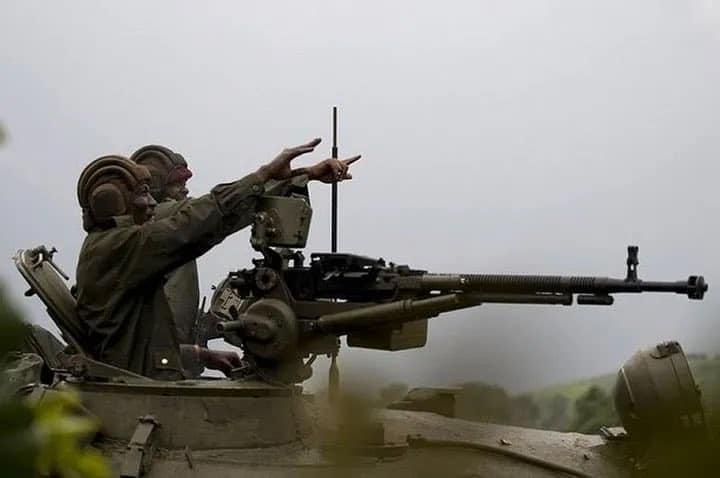
· In 2013, when Sultani Makenga’s troops occupied Goma, the international community put a lot of pressure on Rwanda to stop helping the M23. The Rwandans were indeed helping the M23 at that point. Kigali was given guarantees that peace would be restored in North-Kivu and that the Hutu extremist FDLR would be dealt with after the withdrawal of the M23 to Uganda. South-African and Tanzanian forces were flown in with heavy gear (helicopters, etc.) to see that the M23 would effectively withdraw. Makenga didn’t really fight back while vacating Goma and his rear forces only delayed the advance of the Congolese and South-African forces long enough to stash his weapons and ammunition for later use. He was given the guarantee that after his withdrawal talks would be set up to discuss the re-integration of his forces and the return of the thousands of Congolese refugees from Rwanda. But this never happened and the FDLR was never dealt with by the same coalition that was on the spot. The Congolese propaganda machine described this as a full out victory on the rebels and also on Rwanda with General Mamadou Ndala as the new national hero who was able to root out the evil. Many people fell for this show, the international community was left under the impression that the problems were solved but many close observers were utterly skeptical: they understood already that this was just a temporary solution that did not solve the root problem of the conflict. General Mamadou, the new Rambo of Kinshasa, was thanked for his services with a coffin after some of his colleagues for whom he had become too popular had him ambushed. The M23 was still more or less intact and they ended up in refugee camps in Uganda and in Rwanda. Their efforts to remember Kinshasa of the previous deal were left unanswered. In the meanwhile, the security situation in the Kivu’s went from bad to worse with new criminal militia’s popping up. Most of those were linked to politicians in Goma and in Kinshasa. The FDLR was growing stronger again; going into detail about all this would make this paper far too long. Some studies indicated that more than 60 % of the violence in the region could be attributed to the FARDC, the Congolese army. And this brings us to the situation that we have now on the spot.
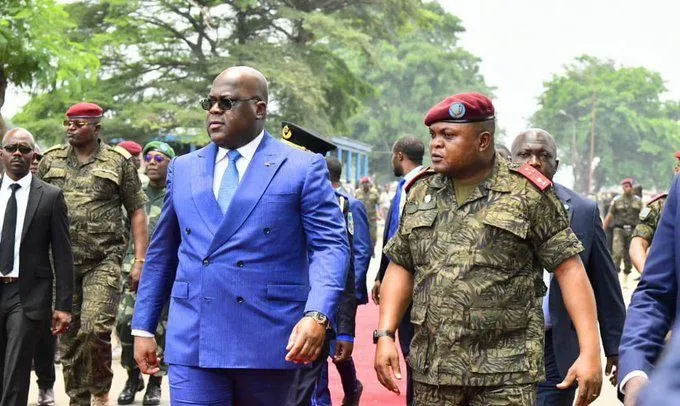
The big difference between 2013 and today is the fact that Rwanda is much lesser involved with the resurgence and the revival of the M23 to start with. Kinshasa often describes the Rwandans as the big, bad wolve who is killing innocent Congolese people ad random, who is after the minerals the Kivu’s have in stock and is responsible for all the misery on the spot. The Rwandan authorities made it clear right away that they were not willing again to play role of the scapegoat in this mess, a lot of Rwandans and Congolese Tutsi refugees understood that if the M23 would not stand its ground this time the rights of the Bagogwe community in the DRC would be raped and buried forever. Hundreds of new Tutsi recruits flocked to North-Kivu to join the struggle. The international community mad a big mistake to believe that Rwanda was involved in all this from the beginning. So, this war became quickly a matter of pride and principle for many Congolese, Rwandan and Burundian Tutsi’s. And also, for the Rwandan government that was closely monitoring the situation to prevent it to spill over the Rwanda. As a lot of the M23 officers had already gained their spurs in the RDF before their demobilization and as the M23 could easily fall back on weapons they captured from the FARDC a direct support was not immediately necessary for Kigali. The fact that the FARDC was so weak and badly organized helped them to gain ground rapidly.

Dressing up Paul Kagame as the big, cruel and bad predator who is responsible for all the misery in Congo Kinshasa allowed the M23 to become very popular amongst its own people. Most M23 fighters have relatives and friends in Rwanda, the RDF was forced to re-enforce its positions at the border and to work out a strategy to counter the growing treat of the FDLR in Congo. These Hutu extremists have become now part of the FARDC. To cover up this scam they even received a new name: Wazalendu!
The SADC knows very well that this time the M23 will not withdraw from its positions if they move into the region with their bayonets on their rifles. This is the first obstacle Tshisekedi will have to pass to convince them to come and do his dirty laundry in Congo.
· The second reason why they will very probably refuse to walk into Tshisekedi’s narrative is more practical: the South-African Defense Forces (SADF) are not what they used to be. Ten years ago, they were stronger; nowadays they lack the finances to engage in bigger conflicts, they are badly trained and motivated. To set up a new operation at this scale they would have to rely on sponsoring from abroad but the whole world was already witnessing how the UN, with its billion-dollar budget, failed to set things straight in the region and how Kinshasa started to play ping pong and hustled with the EAC-forces and their commanders. South-Africa already sent troops to Congo to beef up Monusco (UN) but these units will very likely never be used in a more offensive way given their pamper status of troops who are well fed and paid, badly motivated to fight and lacking the mandate to do that.
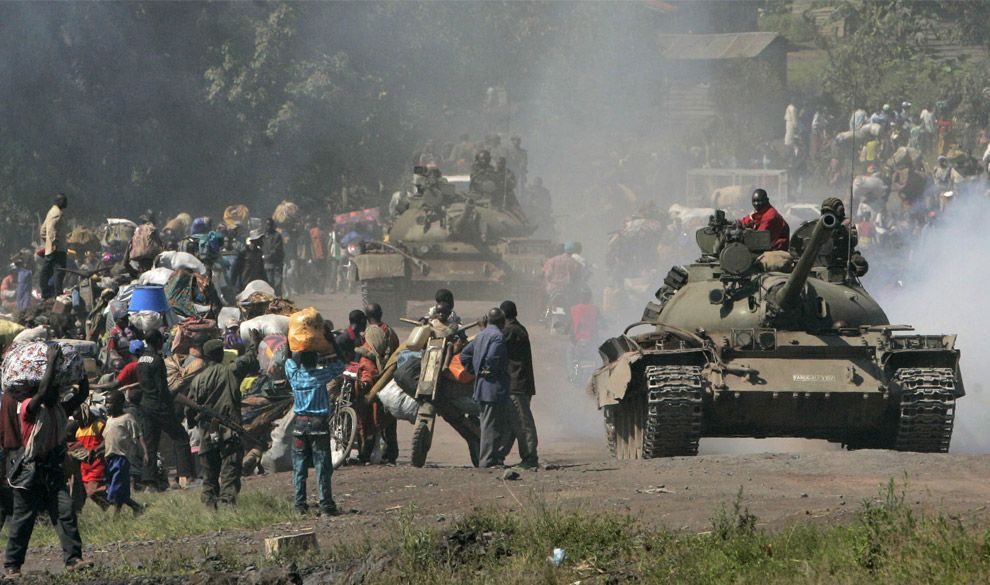
The war against Muslim extremists in Mozambique already showed the weakness of the SADC: the RDF is doing most of the fighting against the radicals, the South-African army showed itself very weak and badly motivated and the South-African press was (and still is……) publishing stories that their army in Mozambique lacks the necessary funds. Nothing obliges the RDF to step inn for the South-African army in Mozambique when their weakness becomes too obvious but this might change quickly if S-A starts to meddle again in Congolese affaires.
For the same reason countries like Mozambique, Zimbabwe, Tanzania and Botswana might think twice to jump on Tshisekedi’s ‘tshukudu’ transport bicycle. A tshukudu is a wooden, medievalist and Flintstone-like vehicle build entirely in wood, without brakes villagers build and use to transport charcoal, vegetables and other goods. They are very shaky and heavy and due to their construction very dangerous to go downhill. This new tshukudu project would be prone to crash very soon.
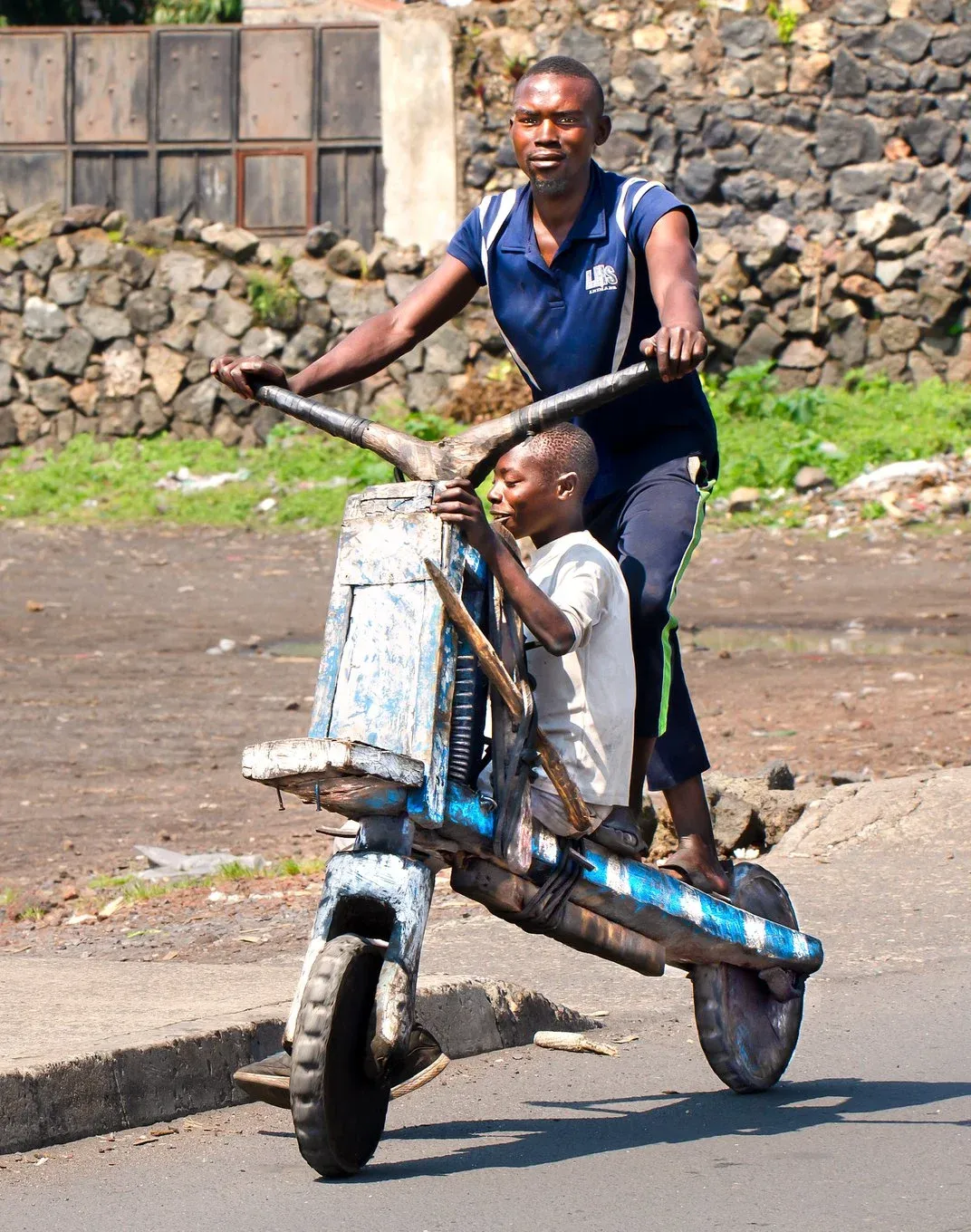
And even when the Congolese government would be able to convince the South-Africans to join them in their war against the M23 the whole situation would probably never be solved on long term.
· Another possible hindrance for Tshisekedi to search guns and support in South-Africa might be the possibility that the EAC forces will not withdraw or withdraw only partially from the Kivu’s. The EAC might fight another mandate abroad to allow its troops to function in the DRC, one that would downgrade the role of the government in Kinshasa. There are already credible rumors that the UPDF, the Ugandan army, will decide to stay put in the north of the current M23 zone if the Congolese end their mandate. As You know the UDPF is also collaborating with the FARDC to fight the ADF-Nalu in the north. This decision might compromise things even more for Kinshasa…
The international community is getting wearier by the day about Tshisekedi’s policy: he refuses the talk openly with the M23 and he has lost the war several times. False accusations of mass killings and human rights abuses of the M23 have already been exposed and the Kinshasa propaganda mill is beginning to sputter. Making deals with Arab countries to receive extra weapons and to hire fresh mercenaries will not solve their problems either.
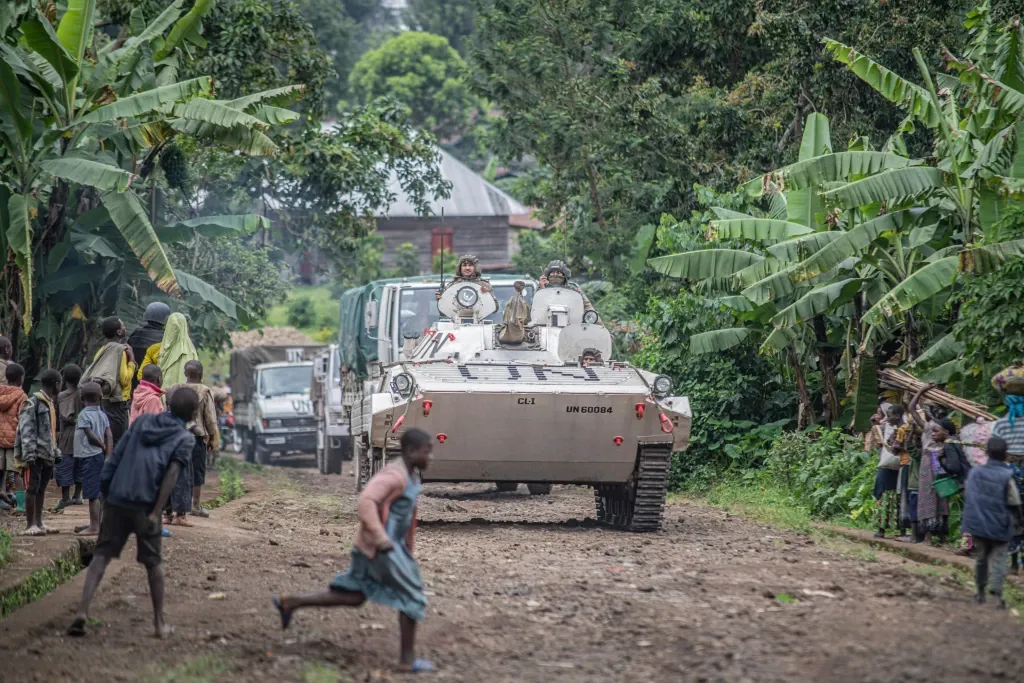
There are probably several other reasons why the South-African countries might think twice to get involved in the war against the M23. But these are the most important ones. The upcoming meeting in Namibia is still pending but that does not take away the fact that Tshisekedi is now also putting his hopes on the SADC. But his tshukudu proposition is very likely to crash and intelligent people might not accept to jump on it. Doing some extra shopping in London might provide his South-African colleagues the argument not to be forced to listen to him in a couple of days. He is running out of options and tricks and the international community should step inn to correct his attitude.
Adeline Umutoni & Marc Hoogsteyns
